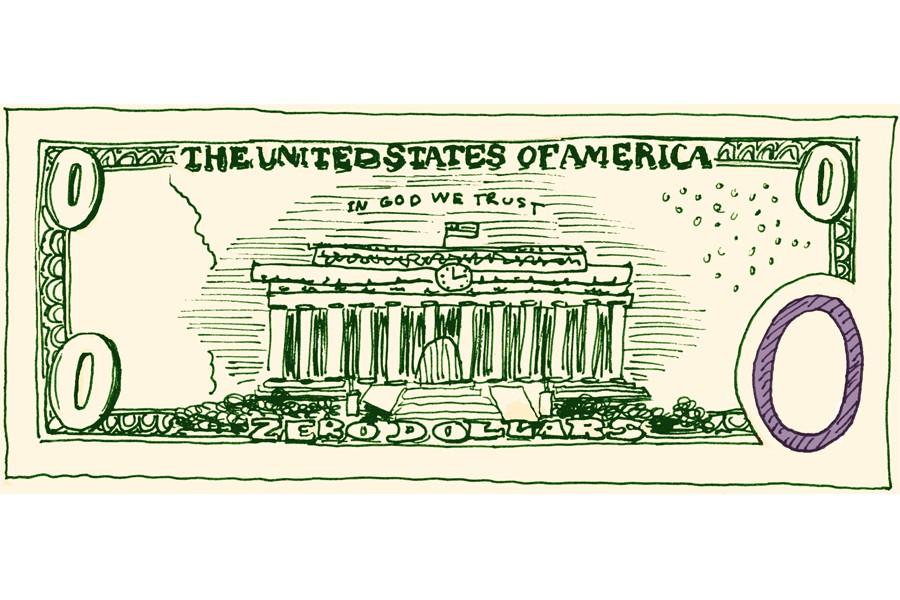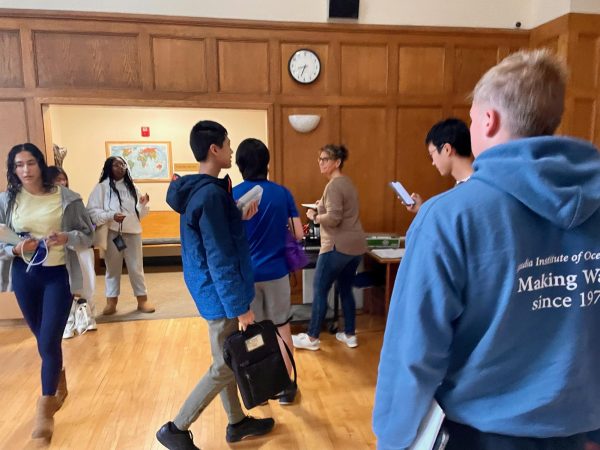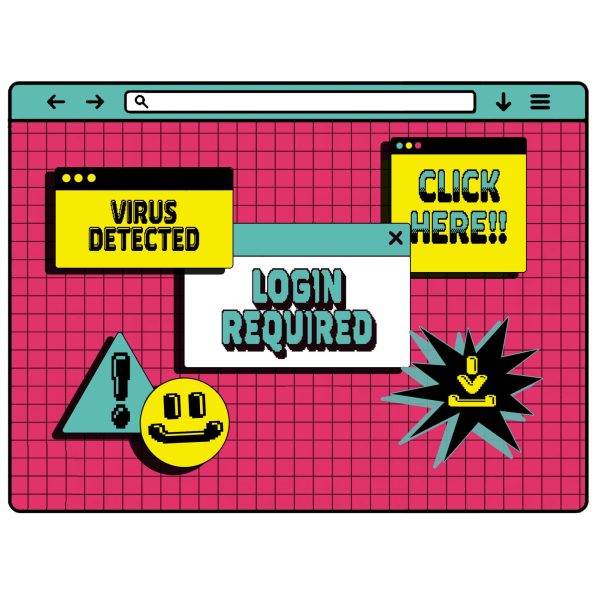The cost of charging for public college
The U.S. government can afford to make public colleges and universities tuition-free, so why doesn’t it?
Sixty-two billion, six hundred million dollars.
That’s how much Americans spend on tuition to public colleges and universities annually, according to the Department of Education. It may sound like a lot, but it’s not much in the land of the United States government. American taxpayers spent $800 billion on the Iraq War and $84.4 billion on corn.
We can, and we should, make all public higher education, everywhere in the country, free for all qualified students.
21% – a little over one in five – of Blake students already need financial aid for high school, and many more of us will need it to cover the cost of college, which has more than doubled over the past twenty years.
Finances are a major stressor when it comes to college choice. How would you like to be able to apply to any public college or university in the U.S. – which includes some of the best institutions of higher education in the world – without having to worry about whether you’ll be able to afford tuition, and without having to navigate a complex and stressful web of financial aid programs?
With all of the wasteful spending that goes on in government, and a record federal debt of $18 trillion (and counting), making public college tuition-free may seem like an economically unsound idea. However, it would actually deliver a net benefit to the national economy.
Again, we spend $62.6 billion annually on public college tuition. However, it would cost significantly less to make it free. The government already gives $21.8 billion in grants to low-income students at public colleges. This brings the total cost to around $40.8 billion – far less than the $69 billion the government currently spends on non-loan aid, and under half of the over $100 billion it spends on loans.
Free public college would even reduce costs at private colleges, by increasing price competition. By having to compete with free public schools, private colleges would have an incentive to lower their tuition as well, without reducing quality.
“Private [colleges] would be forced to be even better than they are,” says Frank Sachs, Blake’s director of college counseling. “You have to have separators when you’re selling a product.”
Plus, in the face of the declining performance of the American public education system and the rise of developing countries in the global economy, we need to increase the availability of high-level education to everyone who is capable. Free public college “isn’t a choice [if we want] to be competitive” on a global scale, says Sachs.
But beyond economic concerns, we must consider the moral imperative to fund free public higher education. To quote the great nineteenth-century reformer Horace Mann, “Education…beyond all other devices of human origin, is a great equalizer of the conditions of men.” Sixty percent of all job openings now require a college degree, so in order to achieve a society that truly has equal opportunity for all, we must give everyone an equal chance to go to college. Public education is inherently unequal, and not really public at all, if it’s only available to those members of the public who happen to be able to pay.












